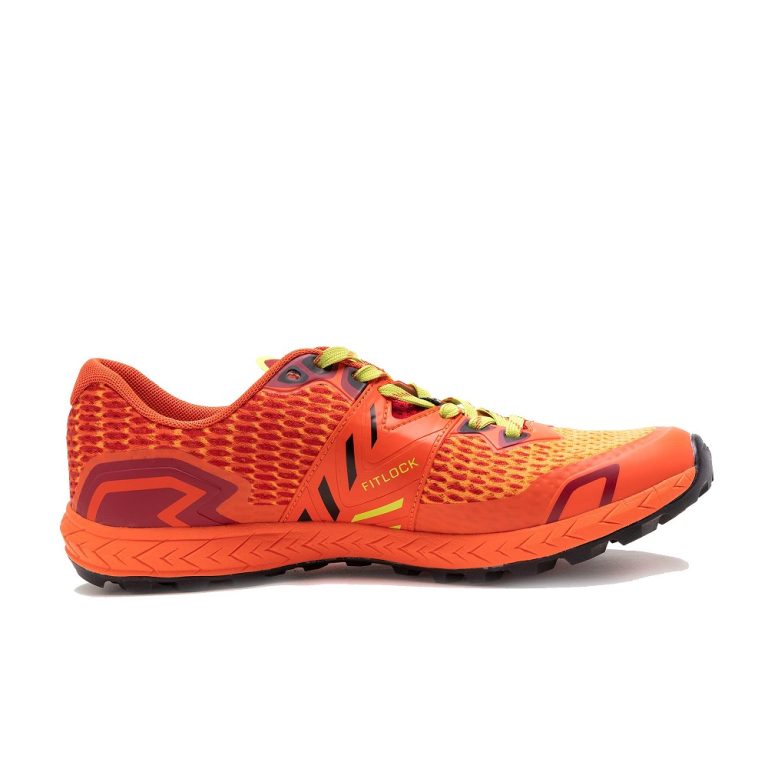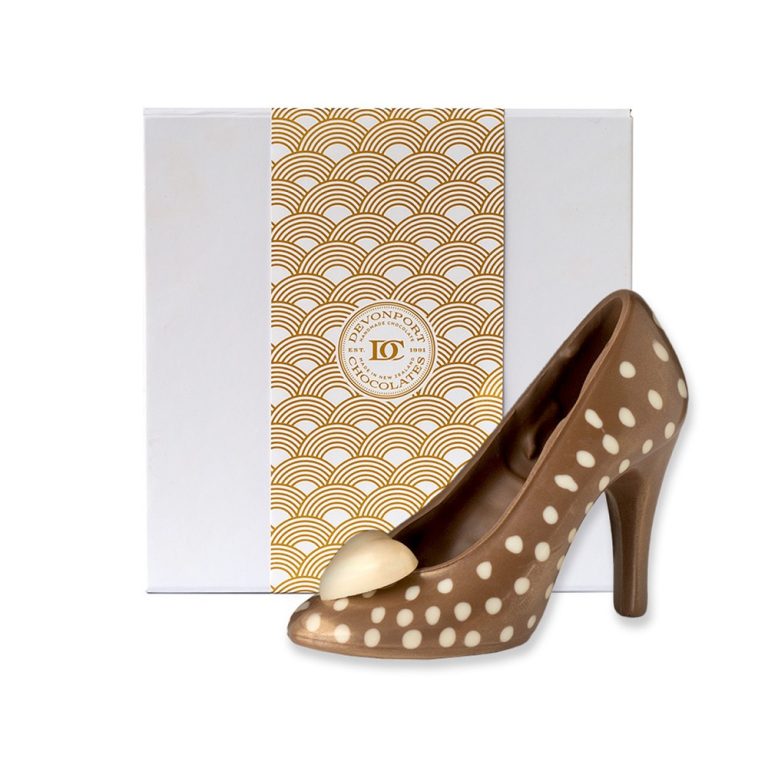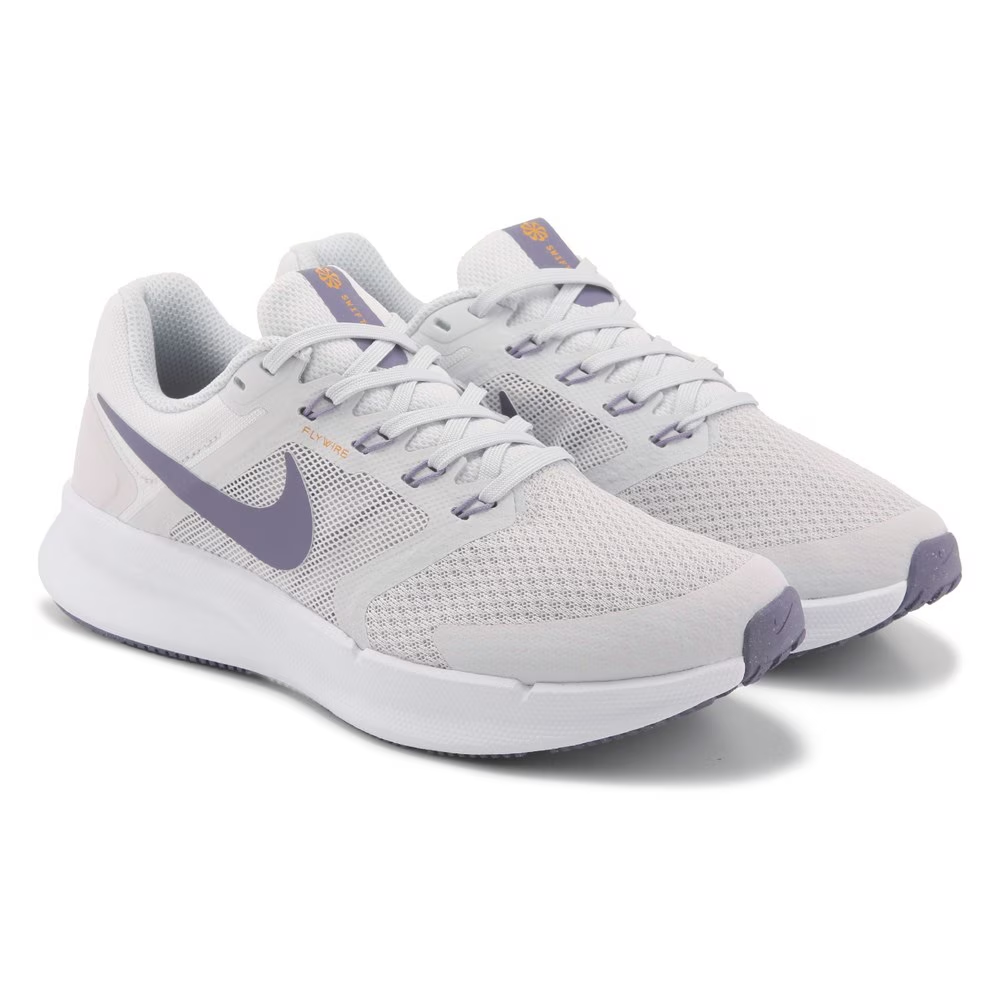
When to Replace Running Shoes: Identifying Wear and Tear
Running is an excellent way to stay fit, relieve stress, and enjoy the outdoors. However, one of the most critical factors that can affect your running experience is your footwear. Running shoes are not just about style; they play a vital role in maintaining your foot health and enhancing performance. Over time, these shoes undergo wear and tear, which can impact their effectiveness. Knowing when to replace your running shoes is essential for preventing injuries and ensuring a comfortable run. When to replace running shoes? In this article, we will explore how to identify signs of wear and tear in running shoes, the factors that influence their lifespan, and tips for extending their usability.
Understanding the Lifespan of Running Shoes
Typical Lifespan of Running Shoes
When to replace running shoes? The lifespan of running shoes varies based on several factors. On average, most running shoes last between 300 to 500 miles. However, this range can differ for each individual based on running styles, body weight, and shoe types. Heavier runners may find that their shoes wear out faster than lighter runners.
Road running shoes typically wear out quicker than trail running shoes due to the consistent impact on hard surfaces. Trail shoes often feature more durable materials designed to withstand rough terrain. Understanding these factors can help you gauge the expected lifespan of your shoes and plan for replacements accordingly.
The Importance of Knowing Your Mileage
Keeping track of your running mileage is a good practice for serious runners. Many modern running watches and fitness apps can log your workout details, including distance. By tracking the miles you run in a specific pair of shoes, you can identify when you approach the point of needing a replacement.
Staying mindful of your shoe mileage helps prevent injuries that can arise from using worn-out footwear. Adopting this habit can significantly enhance your running experience and extend the overall lifespan of your running shoes.
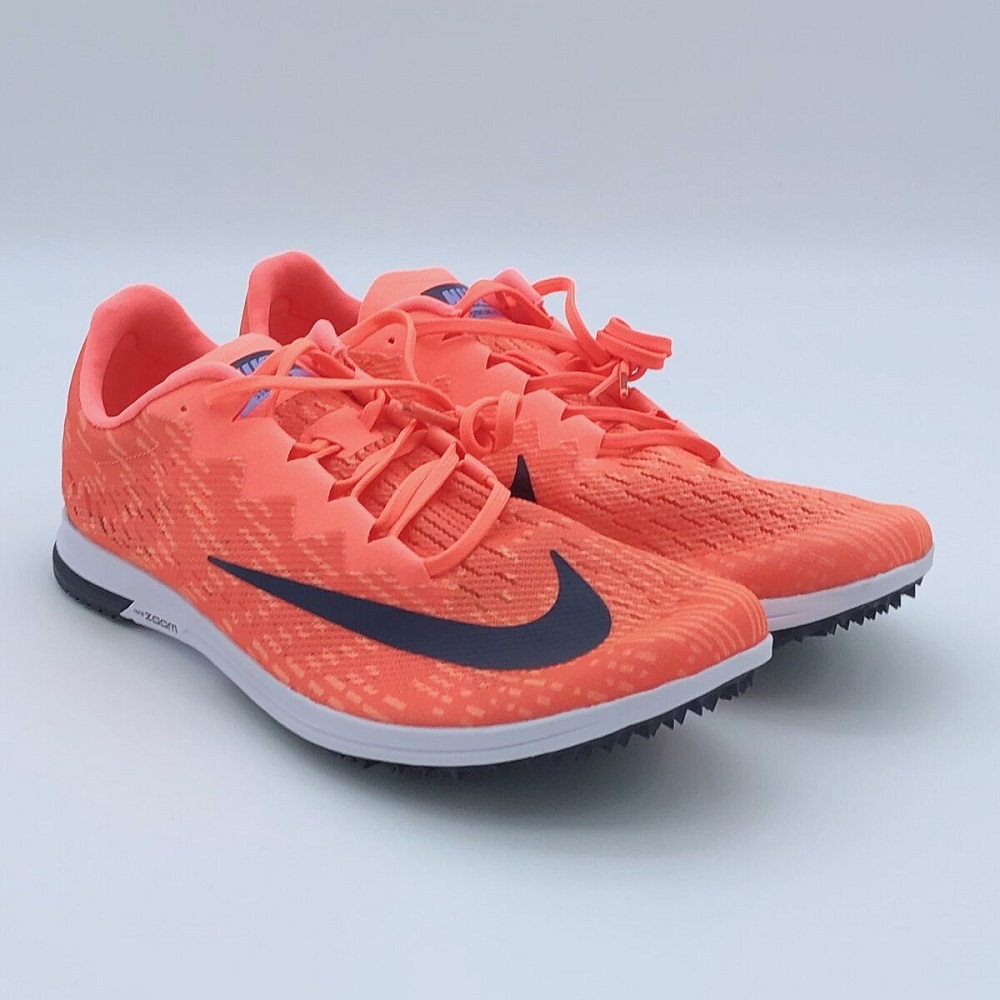
Identifying Signs of Wear and Tear
Visual Inspection of the Soles
One of the first steps to determine if it’s time to replace your running shoes is conducting a visual inspection. Start by examining the soles. The tread patterns should be visible and intact. If you notice that the treads are worn down to a smooth surface, it indicates that the grip has diminished. This loss of traction can exacerbate slipping or falling.
Check for uneven wearing on the soles as well. If one side is significantly more worn than the other, it may suggest improper gait mechanics. This imbalance can lead to discomfort during runs and could necessitate a change in shoes sooner than expected.
Assessing the Upper Material
Next, take a look at the upper portion of the shoe. The upper should be intact and snug. If you observe frayed edges, holes, or stretched material, these are signs that the shoe has outlived its purpose. Worn-out uppers can compromise fit, leading to blisters or irritation during your runs.
Moreover, the upper part should retain its shape. If it feels floppy or lacks support, it’s time for a replacement. A good upper provides stability, which is essential for maintaining proper form during runs.
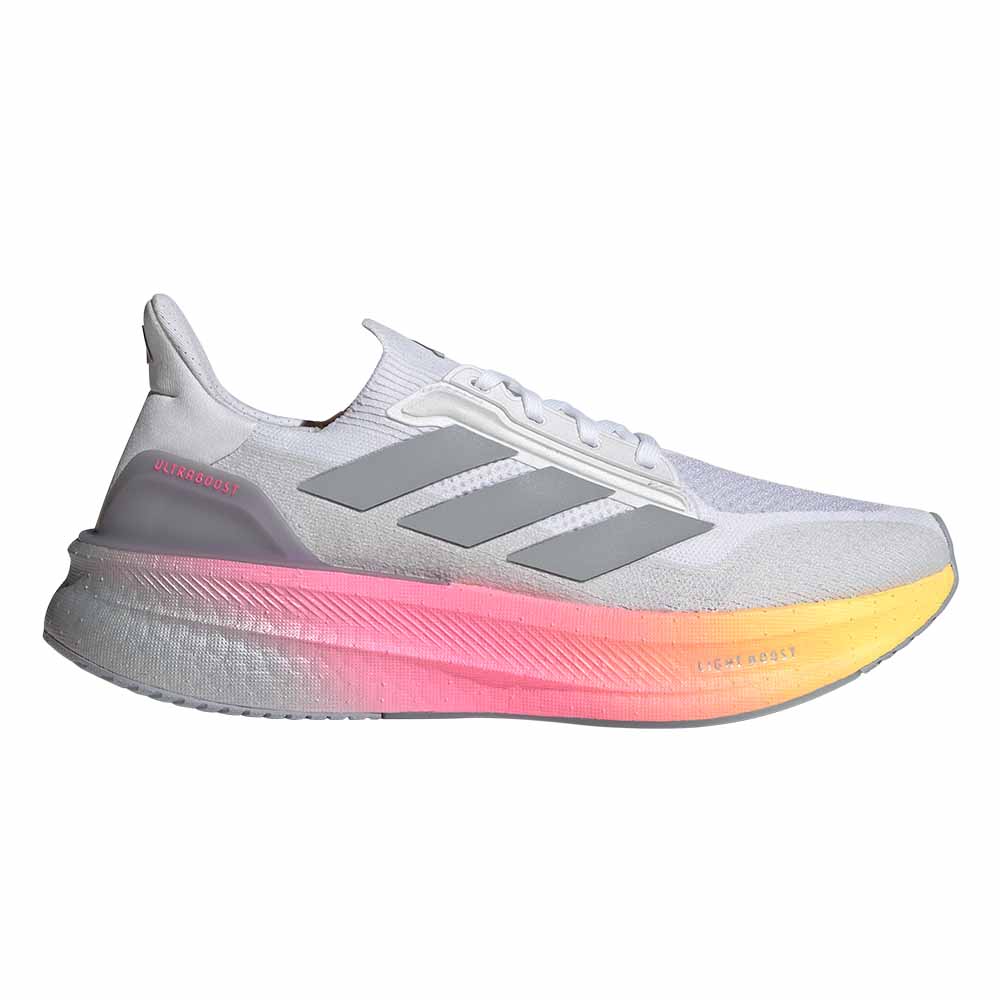
Evaluating Cushioning and Support
Testing Cushioning Effectiveness
Cushioning is one of the primary functions of running shoes. It absorbs impact and provides comfort when hitting the ground. Over time, the cushioning material in the shoes compresses and loses its ability to provide support. To evaluate the cushioning, press down on the midsole with your fingers. If it feels overly soft or compressed with little bounce back, that’s a clear indication of diminishing support.
You can also notice the impact of worn-out cushioning during your runs. If you feel excessive shock or discomfort in your joints after running, it may signal that your shoes need replacing. Proper cushioning is crucial for preventing injuries like shin splints and knee pain, making this evaluation vital for your well-being.
Support and Stability Assessment
In addition to cushioning, the overall support offered by the shoe is essential. If the shoe no longer offers adequate arch support, it can lead to foot fatigue and increase the risk of injuries. A good way to test the support is to wear the shoes for a short run or brisk walk. If you feel unstable or wobbly, it’s likely that the shoes have lost their structural integrity.
A well-supported shoe helps maintain your foot’s alignment, reducing strain on muscles and ligaments. Monitor how your feet feel during and after runs, as discomfort can indicate a need for a new pair.
Listening to Your Body
Pay Attention to Discomfort and Pain
Your body often provides clues about the state of your running shoes. It’s essential to listen to these signals. If you start to experience pain or discomfort in your feet, knees, or hips that were not present before, your shoes could be the culprits.
Common issues include blisters, arch pain, and joint discomfort. If you continually feel soreness that extends beyond typical post-run fatigue, it may be time to invest in a new pair. When to replace running shoes? The sooner you address these issues, the better it is for your overall health and running performance.
Changes in Running Form
Another indicator that your shoes may need replacing is a change in your running form. If you notice that you are having difficulty maintaining your usual pace or if you find yourself compensating for discomfort, this could signal that your shoes have lost their support. Changes in form can lead to further issues if not addressed promptly.
If running begins to feel significantly more challenging than usual, assess your shoes as part of your overall strategy to improve performance. Keeping track of your body’s feedback is essential for maintaining a healthy running routine.

Environmental Factors and Usage
Consider Your Running Environment
The environment in which you run also impacts the lifespan of your shoes. Running on harsh terrains like rocky trails or gravel can wear shoes more quickly than running on softer surfaces like grass or tracks. Therefore, if you frequently run in challenging conditions, be prepared to replace your shoes more often.
Additionally, seasonal factors play a role. Running in wet or muddy conditions can degrade materials faster. If your shoes frequently get exposed to these elements, monitor their condition closely. Checking after significant weather events can help determine if they need to be replaced sooner.
Frequency of Use
How often you use your running shoes also affects their longevity. If you run several times a week, you may need to replace your shoes more quickly than someone who runs occasionally. It’s a good practice to rotate between multiple pairs of running shoes. Not only does this allow for more even wear, but it also provides the chance to let the cushioning in one pair recover between runs.
By alternating between two or three pairs, you can extend the lifespan of each pair significantly. Consider investing in two pairs of quality running shoes to ensure stability and support.
Maintaining and Caring for Your Running Shoes
Proper Storage Techniques
Caring for your running shoes can help prolong their lifespan. After each use, allow the shoes to air out. This practice prevents moisture buildup from sweat, which can lead to odor and material degradation. Avoid throwing them in a cramped closet or gym bag immediately after a run; instead, remove insoles if necessary and place them in a well-ventilated area.
Consider storing them in a cool, dry place away from direct sunlight. Excessive heat and light can cause materials to break down and lose their shape. Proper storage contributes to the overall longevity and performance of your footwear.
Cleaning Your Shoes Regularly
Keeping your shoes clean not only improves hygiene but also helps maintain material integrity. Remove dirt and mud from the soles after each run to prevent the buildup of debris. Use a damp cloth to wipe down the upper material, and consider using a soft brush for stubborn dirt.
For more thorough cleaning, use mild soap and water to hand wash the shoes. Avoid putting them in the washing machine, as this can cause damage. Follow the manufacturer’s recommendations for cleaning specific materials. Regular maintenance ensures your shoes remain in good condition for longer.
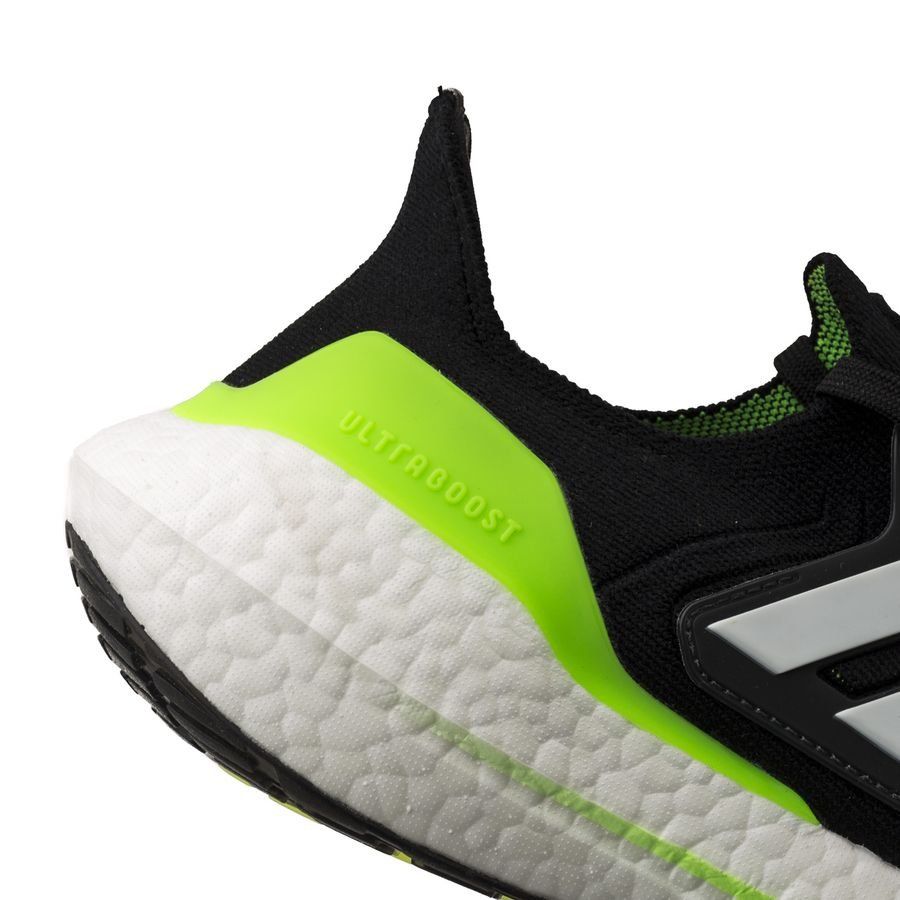
Making the Transition to New Shoes
Knowing When to Buy New Shoes
Once you’ve identified that your shoes are worn out, it’s crucial to purchase a replacement pair. Waiting too long to replace them can lead to injuries that hamper your progress. Once you approach the end of the shoe’s lifespan, start exploring new options sooner rather than later.
Visit a specialty running store when possible. Staff can offer personalized fitting advice and recommend shoes that suit your foot type and running style. Trying on multiple pairs helps ensure a comfortable fit and allows you to compare different models side by side.
Gradually Transitioning to New Shoes
When you acquire a new pair of running shoes, take the time to break them in gradually. Start with short runs to allow your feet to adjust to their fit and support. Gradual transition helps prevent discomfort or injury that might arise from switching abruptly between worn-out shoes and new ones.
Listen to your body during this transition, paying attention to any unusual sensations or issues. The more you acclimate to your new shoes while maintaining your usual routine, the smoother your experience will be.
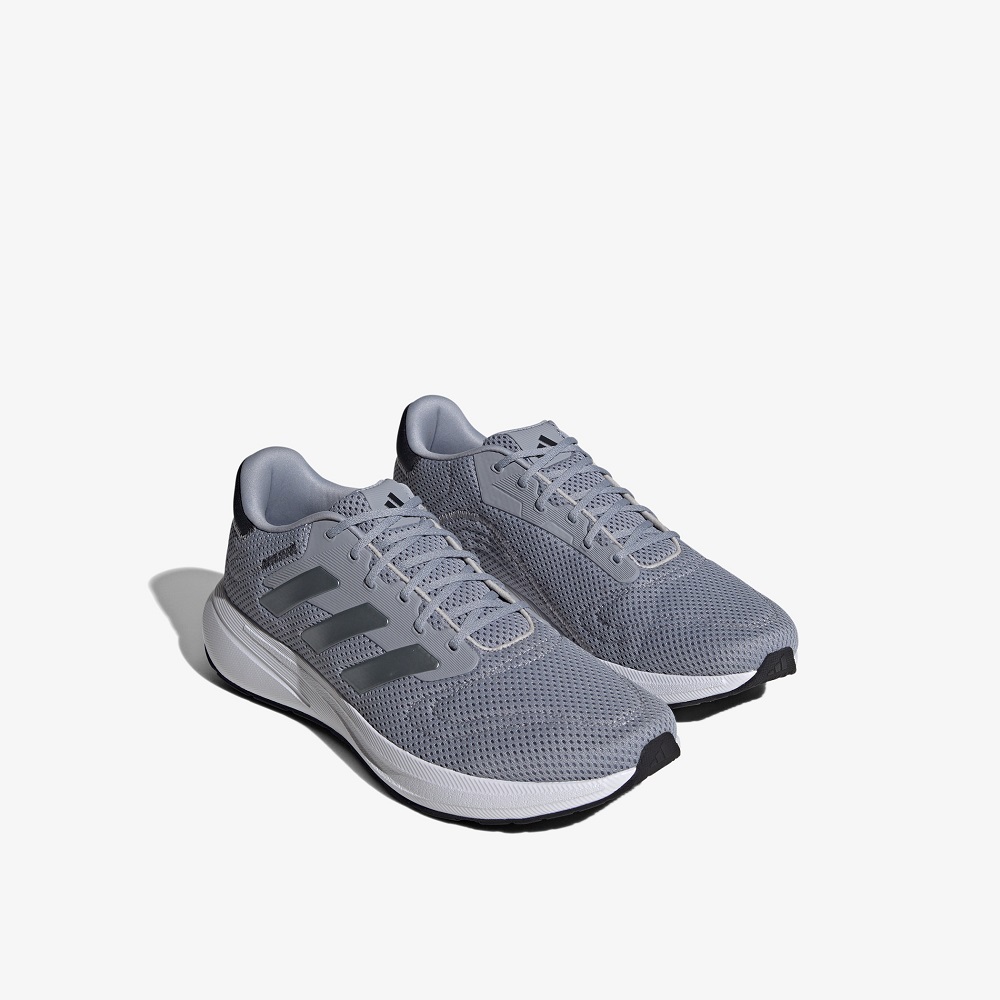
Prioritizing Foot Health in Running
In conclusion, knowing when to replace running shoes is essential for maintaining foot health and overall performance. By understanding the average lifespan, identifying signs of wear and tear, and listening to your body, you can make informed decisions on when to invest in new footwear.
Regularly assessing your shoes and monitoring their condition ensures you can catch issues early on, preventing discomfort and injuries. Proper care and maintenance can extend the life of your running shoes, making them more reliable throughout their lifespan.
Ultimately, investing in quality running shoes and replacing them promptly will enhance your running experience. Prioritizing your comfort and foot health can lead to more enjoyable runs and a lower risk of injury. Always remember, your running shoes are your most crucial piece of equipment—treat them well, and they will support you through many miles ahead.
